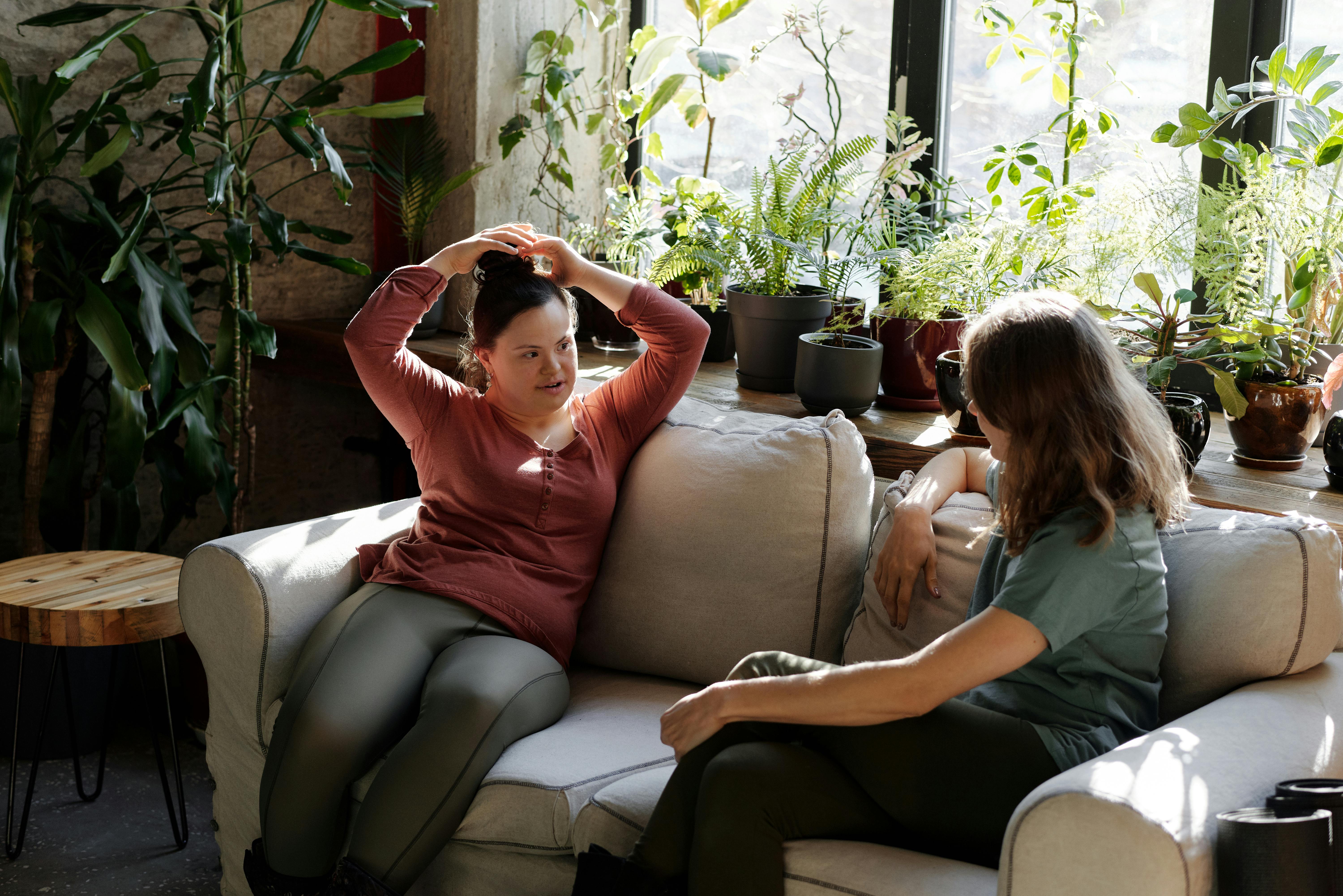

What is their behaviour trying to tell you?
Have you ever wondered what your child is trying to tell you through their actions? Children's behaviour is a powerful form of communication, often expressing needs and emotions they can't yet put into words. Let's explore how recognising this can help you better support your children.

1. Look Beyond the Behaviour
When your child throws a tantrum or has a meltdown in the supermarket it can be easy to label it as "bad behaviour." But take a step back and ask yourself, what might they be trying to tell me? Are they tired, hungry, or overstimulated? By looking beyond the behaviour, you can address the root cause rather than just the surface issue.
2. Validate Their Feelings
Imagine being a child who doesn't yet have the words to express frustration or sadness. Behaviour becomes their voice. When your child acts out, acknowledge their feelings. Saying, "I see you're upset," can make them feel understood and supported. This validation is an important scaffold in the process of them learning how to manage their feelings.
3. Create a Supportive Environment
Children thrive in environments where they feel safe and understood. Make sure your child knows they can express their feelings without fear of punishment. Encourage open communication and be patient. Sometimes, a comforting hug or a few quiet minutes together can do wonders in helping your child feel secure.
4. Anytime Connection
Remember that kids often find it easier to talk to you when you and they are doing something else. When their behaviour is BIG, give them space to calm down and remember you can talk about the situation at a later time when you’re doing something else, such as driving or cooking. It will often take the pressure off them feeling that they have to have the answers for why they behaved the way they did.

JumpStart's Lending Library
We've launched our very own library offering books & resources forParents/Carers and children connected with us. Books that promote children's strengths and abilities and celebrate diversity.
If there is a book you would like to borrow please email us. We will let you know when it is ready for pick up from Ochre Medical Centre Bathurst.
If you have recommendations for upcoming books to review, we'd love to hear from you!




